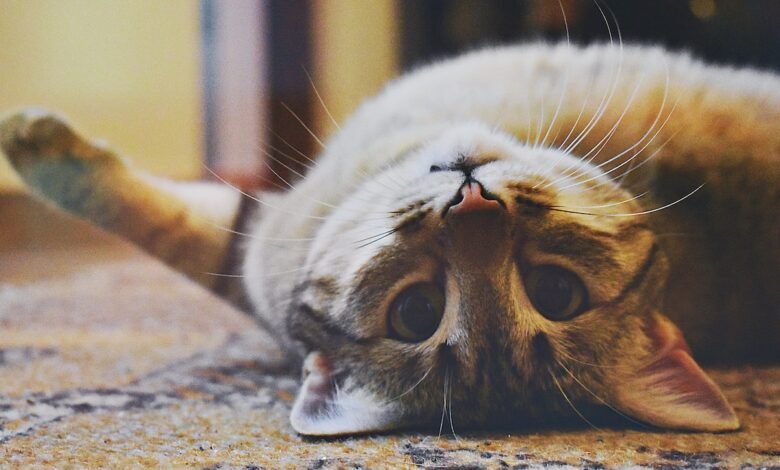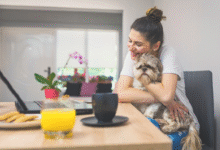
Potentially Dangerous Items for Your Pet
As pet owners, we all want to ensure the safety and well-being of our furry friends. However, sometimes we might unintentionally expose them to items that could be dangerous or even fatal. This article will provide information about some potentially dangerous items for your pet, so you can keep them safe and healthy.
Dangerous Items for Your Pets
Pets are beloved members of our families, and we want to keep them safe and healthy. Unfortunately, some common household items can seriously threaten their well-being.
Foods
While some human foods can be safely shared with pets, others can be toxic. Knowing what foods are dangerous for pets is important to avoid accidental ingestion.
Chocolate
Chocolate is one of the most common human foods that can be dangerous for pets. It contains a compound called theobromine that can be toxic to dogs and cats. Dark chocolate and baked chocolate are particularly dangerous because they have higher levels of theobromine.
Grapes and Raisins
Grapes and raisins can cause kidney failure in dogs; even small amounts can be dangerous. Symptoms of ingestion include vomiting, diarrhea, and lethargy.
Onions and Garlic
Onions and garlic contain compounds that can damage your pet’s red blood cells, leading to anemia. This can occur even with small amounts, so it’s best to avoid giving your pet any foods that contain these ingredients.
Household Items
Many common household items can be toxic to pets, so it’s important to be aware of potential hazards.
Cleaning Products
Many household cleanings products, such as bleach and ammonia, can be dangerous for pets. If ingested, these products can cause skin irritation, respiratory problems, and even chemical burns.
Plants
Some houseplants can be toxic to pets if ingested. Examples include lilies, aloe vera, and pothos. If you have pets, it’s important to research the toxicity of any plants in your home and remove any that could be dangerous.
Medications
Many human medications can be dangerous for pets, even in small amounts. Some examples include acetaminophen, ibuprofen, and antidepressants. It’s important to keep all medicines out of reach of pets and to consult with a veterinarian before giving your pet any medication.
Outdoor Hazards
Pets who spend time outdoors can be exposed to a variety of hazards, including:
Insecticides and Pesticides
Insecticides and pesticides used in gardens and lawns can be toxic to pets. If you use these products, keeping your pet away from treated areas until the product has dried is important.
Antifreeze
Antifreeze has a sweet taste that can be attractive to pets but is highly toxic. Even small amounts can be fatal, so it’s important to keep antifreeze out of reach of pets and to clean up any spills immediately.
Wild Animals
Wild animals such as snakes, coyotes, and raccoons can pose a threat to pets. It’s important to supervise your pet outdoors and keep them on a leash to prevent them from wandering off.
FAQs
- Can pets eat any chocolate? No, pets should never be given chocolate, as it can be toxic and even fatal.
- What should I do if my pet ingests a potentially dangerous item? If your pet eats a potentially dangerous thing, it’s essential to seek veterinary care immediately. Contact your veterinarian or a veterinary emergency clinic for the next steps.
- Can plants be toxic to pets? Yes, some plants can be harmful to pets if ingested. It’s important to research the toxicity of any plants in your home and remove any that could be dangerous.
- What should I do if my pet is exposed to insecticides or pesticides? Contact your veterinarian immediately if your pet is exposed to insecticides or pesticides. Depending on the level of exposure, your pet may need medical treatment.
- Is antifreeze toxic to pets? YAntifreezeis highly toxic to pets and can be fatal even in small amounts. It’s essential to keep antifreeze out of the pet’s reach and clean up any spills immediately.
Conclusion
As pet owners, we must be aware of potential hazards that could be dangerous to our furry friends. By being proactive and preventing exposure to dangerous items, we can keep our pets safe and healthy.
Read More: 10 Best Mobile Apps for Pet Insurance








One Comment